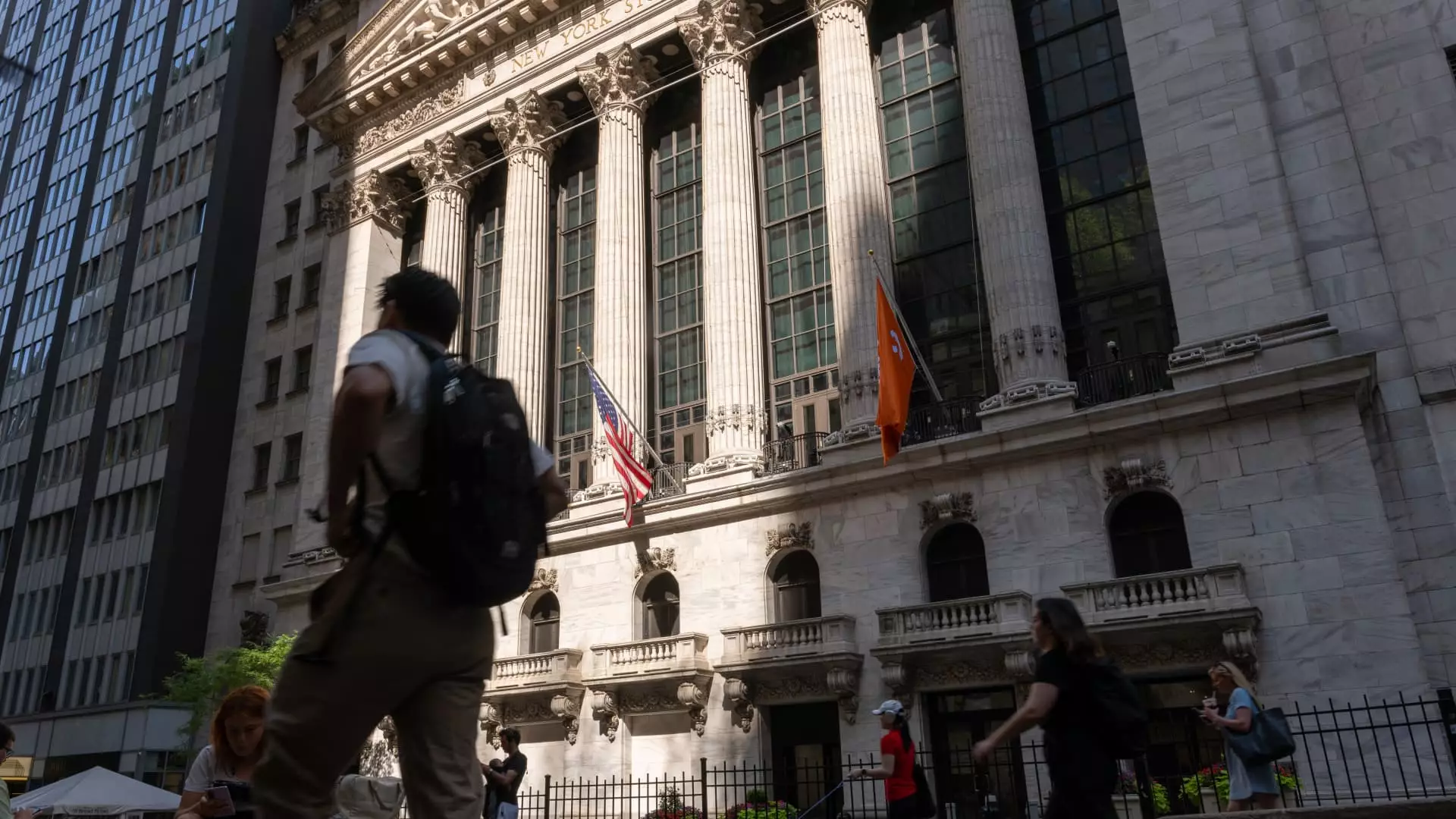The landscape of mergers and acquisitions (M&A) has always mirrored the temperament of the broader economic environment, but recent times have been particularly tempestuous. What began as a promising year for dealmaking in the U.S. quickly became mired in uncertainty owing to the trumpets of tariff announcements echoing from the White House. Tariffs introduced by the Trump administration not only altered the market dynamics but also served as a stark reminder of how swiftly economic fortunes can shift. The aftermath of these policies caused a notable freeze in M&A activity, as investors and companies alike braced for ill winds.
Prior to this upheaval, the combination of a pro-business administration and a lessening of inflation fears ignited enthusiasm among dealmakers; their optimism was palpable. But the sudden introduction of tariffs gave rise to volatility that shrouded the markets and stifled what was expected to be a thriving environment for acquisitions. As analysts projected a potential surge in M&A activity for 2025, mainly fueled by a sluggish recovery from earlier downturns, it appeared the narrative had taken a sharp turn off-script.
Signs of Resurgence Despite Challenges
Fast forward to recent weeks, and the winds are beginning to shift again. With the suspension of high tariffs and the resurgence of equity markets, the M&A sector is slowly thawing from its icy grip. Analysts from Mergermarket reported that March saw a remarkable surge in deal activity, with a total value of over $227 billion attributed to nearly 586 deals. While the momentum did wobble in April, the renewed vigor observed in May reflects a cautious yet palpable confidence. The average deal size has significantly increased, indicating that larger transactions are once again gracing the boardroom tables of corporate America.
However, lurking beneath this optimism is the specter of rising borrowing costs. As interest rates inch upwards, financing becomes a complex puzzle, complicating the already intricate web of negotiations. Charles Corpening, the chief investment officer of West Lane Partners, captured this sentiment accurately by emphasizing the delicate balancing act required to navigate high-yield bonds in an environment where acquisition costs are under relentless pressure.
The Financial Jigsaw: Special Situations and Smaller Deals
Anticipating shifts in the landscape, experts predict a pivot towards “special situations” in M&A activity. These are transactions driven by particular motivations among sellers, often allowing for a flexible approach to structuring the deal. Corpening’s insight into the appeal of smaller transactions is particularly relevant; they typically face fewer regulatory hurdles and are easier to finance. As many businesses continue adjusting to this new reality, the data suggests that dealmakers are not simply pressing pause. Instead, they are recalibrating their strategies.
Take, for instance, the way Kraft Heinz is maneuvering within this precarious economic heartbeat; their candid acknowledgment of potential transactions involving divestitures or acquisitions in brands that fit their core business demonstrates a strategic adaptability that reflects the changing M&A climate. There’s inherent wisdom in approaching the market with nimbleness, an approach that potentially transpires into profitable endeavors amidst market mayhem.
Tech Titans and the Role of Consumer Brands
Another noteworthy evolution is the blossoming of significant transactions in the tech and telecommunications sectors. The high-profile acquisitions, including the likes of Google’s $32 billion deal, underline a crucial narrative: the appetite for strategic growth is undeterred by transient economic uncertainties. Similarly, traditional markets are not entirely sidestepped by these turbulent winds. Retail powerhouses like Dick’s Sporting Goods and Foot Locker are part of a broader trend where consumer brands are not merely reacting to market conditions but actively shaping them through calculated acquisitions.
Such trends reflect a nuanced understanding within certain sectors—companies are not only looking for survival but are seeking growth amidst challenges. Further supporting this idea, PepsiCo’s acquisition of prebiotic soda brand Poppi for an impressive $1.95 billion exemplifies a forward-thinking strategy aiming to maintain relevance in an ever-evolving consumer landscape.
In light of these developments, it is crucial to recognize that the narrative surrounding M&A is still in its infancy. The interplay of tariffs, regulatory environments, and broader economic conditions are all factors that will either propel or hinder growth. The journey that M&A undertakes in the coming months will hinge upon how agile businesses can remain amidst an unpredictable tapestry of global economics. The revival of dealmaking is not merely a flicker; it can transform into a robust flame if firms strategize wisely amidst volatility, seizing each opportunity with both caution and ambition.

Leave a Reply